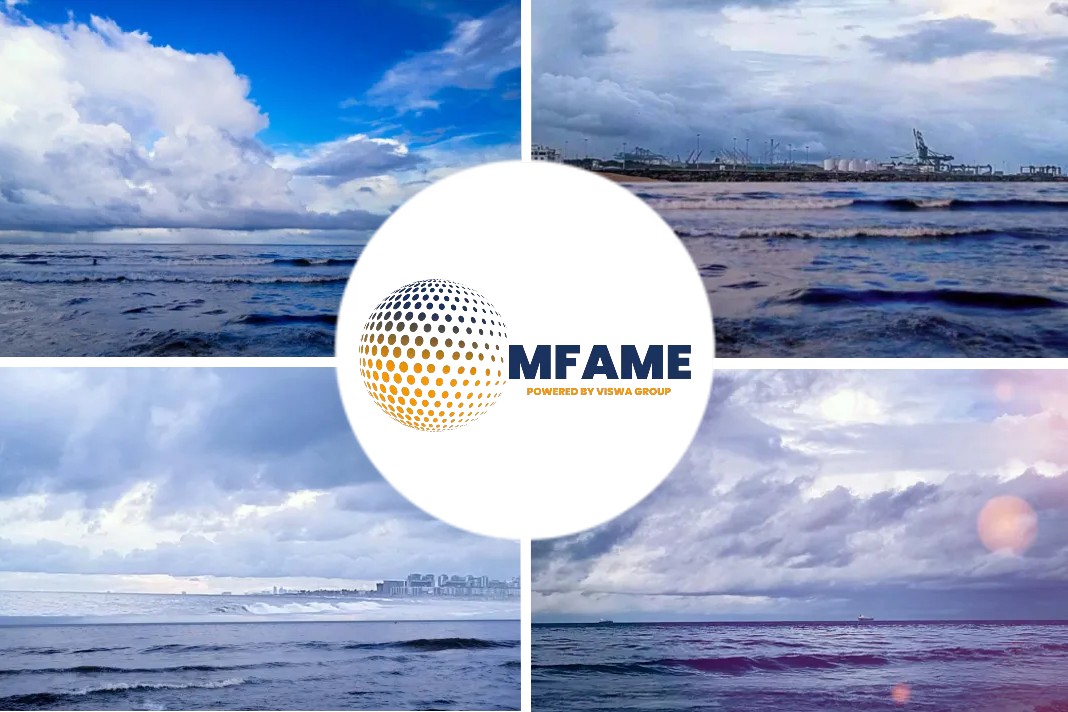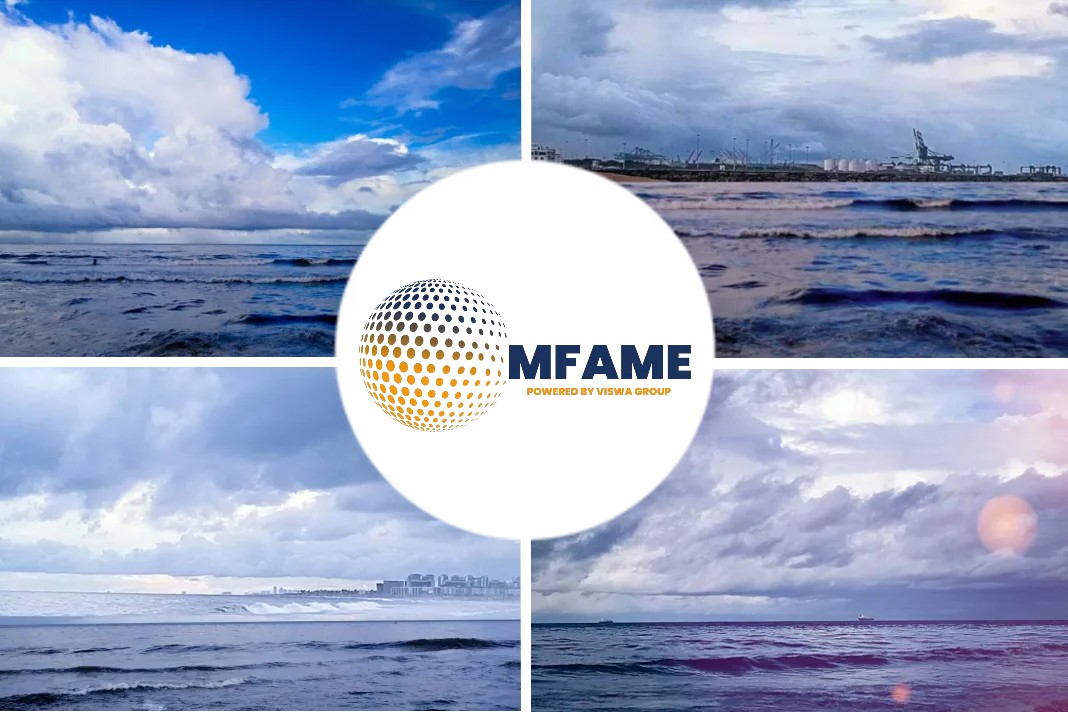Exhaust Gas Cleaning Systems or Scrubbers have become a formidable necessity in the new maritime industry, especially as we are fast approaching the IMO 2020 sulphur cap regulations. But do we really know what are the components of this system and how it functions?
We are answering that in today’s challenge corner. So, here’s what a SOx scrubber looks like.
SOx Scrubbers Design
There are several different designs of SOx scrubbers that remove sulfur oxides from the exhaust gases of vessel engines and boilers. The majority of wet scrubber systems have three basic components, illustrated and described in the figure below.
A Peek Into the System
- Exhaust gas cleaning unit serves as a contact chamber that enables the exhaust
stream from an engine or boiler to be intimately mixed with water, either seawater, freshwater, or both. Due to space and access limitations, the exhaust gas cleaning units tend to be high up in the ship, in or around the funnel area. - Wash water treatment to remove water-soluble pollutants, such as sulfur dioxide
(SO2), sulfur trioxide (SO3) and nitrogen dioxide (NO2), which form sulfates and
nitrates that dissolve in the washwater after the scrubbing process. Scrubber washwater also contains suspended solids, heavy metals, hydrocarbons and polycyclic aromatic hydrocarbons (PAHs). Before the washwater is discharged, it must be treated to remove solids. The treatment process typically includes a multicyclone, a cyclonic separator similar to that used to separate water from residual fuel prior to delivery to the engine. Heavier particles may also be trapped in a settling or sludge tank for disposal. - Sludge handling to retain sludge removed by the washwater treatment process for
disposal shoreside.
If you have any picture based or text-based challenge that you want to share, email us at experts@mfame.guru.
Did you subscribe for our daily newsletter?
It’s Free! Click here to Subscribe!
Source: US EPA























